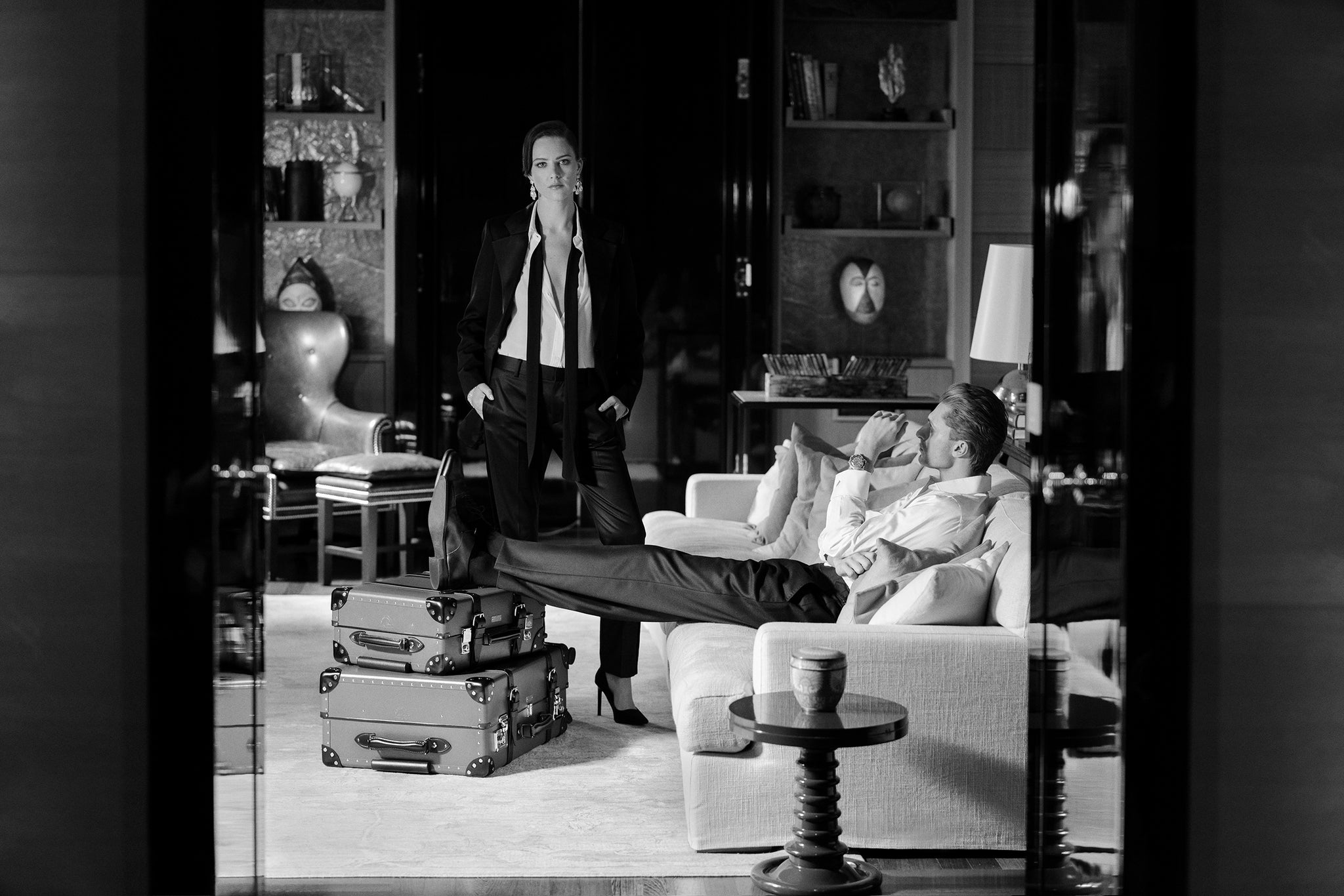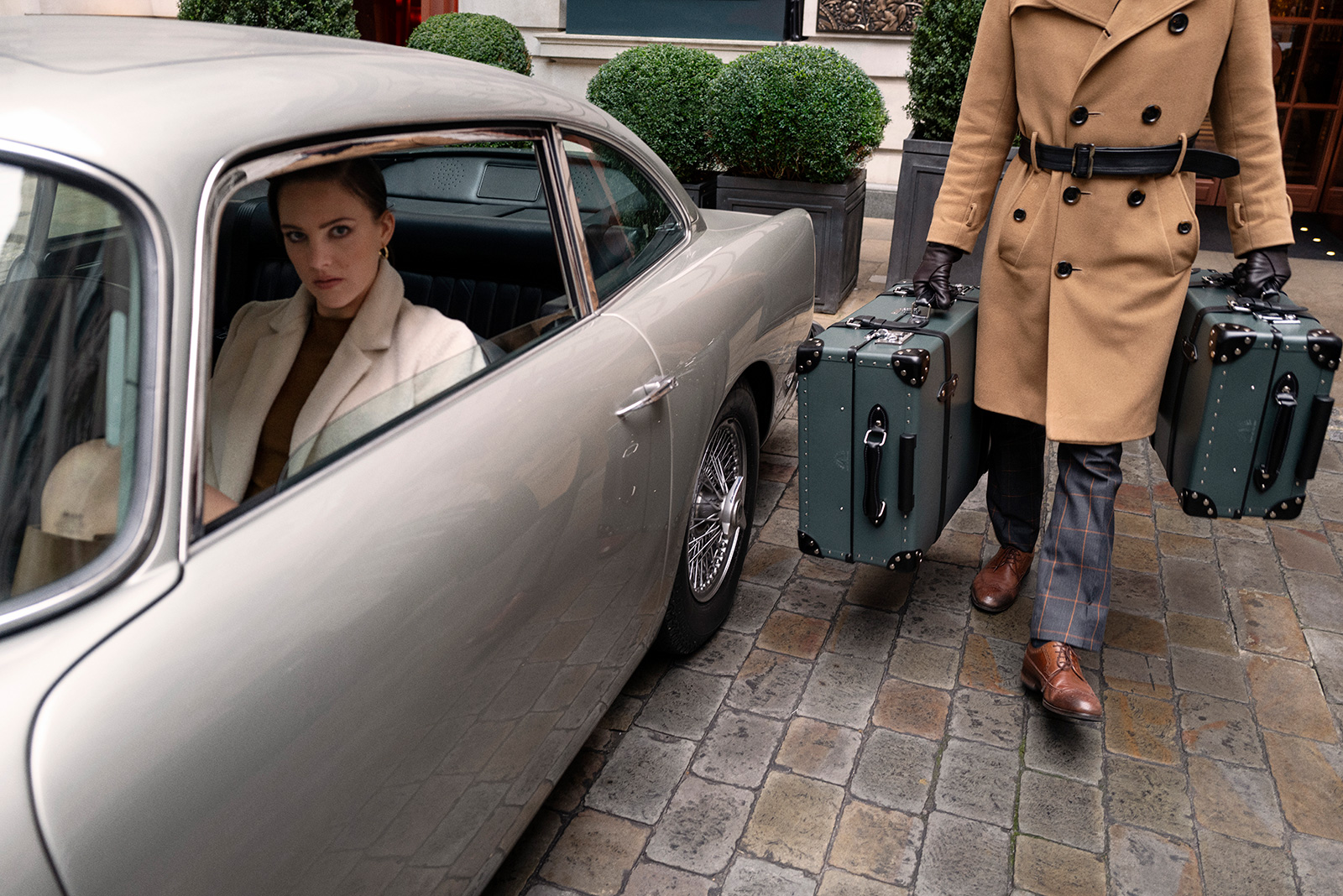“`html
Through a Lens, Darkly: The Globe-Trotting photography of No Time To Die
Through a Lens, Darkly: The Globe-Trotting Photography of No Time To Die
The 25th James Bond film, “No Time To Die,” was a cinematic farewell, a sprawling epic that took audiences on a visual journey across the globe. Beyond the intricate plot and the emotional weight of Daniel Craig’s final outing as 007, the film’s visual language, crafted through meticulous cinematography and location photography, played a crucial role in shaping its impact. This article delves deep into the globe-trotting photography of “No Time To Die,” exploring the aesthetic choices, the logistical challenges, and the artistic vision that brought this visually stunning film to life.
The Global Canvas: A Visual Feast
From the sun-drenched streets of Matera to the misty forests of Scotland, “No Time To Die” presented a diverse and breathtaking array of locations. This wasn’t merely about showcasing beautiful scenery; it was about using these environments to enhance the narrative, to reflect the emotional states of the characters, and to create a palpable sense of atmosphere. The film’s cinematography, helmed by Linus Sandgren, known for his work on “La La Land” and “First Man,” embraced a classic, almost painterly approach, emphasizing natural light and capturing the grandeur of each location.
Matera: An Ancient Stage for Modern Drama

The pre-title sequence in Matera, Italy, was a masterclass in visual storytelling. The ancient city, with its labyrinthine streets and sassi dwellings, provided a dramatic and visually arresting backdrop for Bond’s romantic interlude with Madeleine Swann. Sandgren and director Cary Joji Fukunaga used the city’s unique topography to create a sense of claustrophobia and tension, even as they showcased its breathtaking beauty. The use of warm, golden light during the day and the dramatic shadows at night accentuated the timeless quality of the location, underscoring the themes of memory and the past haunting the present.
Jamaica: A Return to Bond’s Roots
Jamaica, the birthplace of Ian Fleming’s James Bond, held a special significance for the film. The vibrant colors, lush vegetation, and laid-back atmosphere of the island provided a stark contrast to the starkness of Matera. The photography here was sun-drenched and vibrant, capturing the essence of the Caribbean. The use of natural light and handheld camera movements gave these scenes a sense of immediacy and authenticity, reflecting Bond’s attempt to escape his past and find solace in a simpler life. The location also served as a nod to Bond’s origins and a reminder of the character’s connection to the island.
Norway: A Stark and Bleak Landscape
The desolate landscapes of Norway, with their snow-covered mountains and icy fjords, served as a stark and unforgiving backdrop for Safin’s island lair. The cinematography here was cold and clinical, emphasizing the isolation and menace of the location. The use of wide shots and long takes conveyed the vastness and emptiness of the landscape, reflecting the coldness of Safin’s character and his nihilistic worldview. The monochromatic palette and the use of natural light created a sense of realism and a feeling of being immersed in the harsh environment.
Scotland: A Misty and Romantic Finale
The Scottish Highlands, with their misty glens and rugged mountains, provided a fittingly dramatic setting for the film’s climax. The photography here was atmospheric and romantic, capturing the beauty and melancholy of the landscape. The use of soft, diffused light and sweeping aerial shots created a sense of grandeur and scale, while the close-ups of Bond and Madeleine conveyed the emotional weight of their final moments. The Scottish landscape, with its history and its sense of timelessness, provided a poignant backdrop for Bond’s ultimate sacrifice.
Technical Mastery: Behind the Lens

Creating the visual tapestry of “No Time To Die” required a combination of artistic vision and technical mastery. Sandgren’s approach was characterized by his emphasis on natural light, his use of film stock to achieve a specific aesthetic, and his collaboration with the production design team to create visually cohesive environments.
The Power of Natural Light
Sandgren’s preference for natural light was evident throughout the film. He skillfully used the available light to create mood and atmosphere, whether it was the warm glow of the Italian sun or the cold, diffused light of the Norwegian winter. This approach gave the film a sense of realism and authenticity, making the locations feel more tangible and immersive. The use of natural light also allowed Sandgren to capture the subtle nuances of the actors’ performances, adding depth and emotional resonance to the scenes.
Film vs. Digital: A Deliberate Choice
“No Time To Die” was shot on 35mm and 65mm film, a deliberate choice that contributed to the film’s classic aesthetic. Sandgren and Fukunaga opted for film to capture the richness and depth of color, the subtle grain, and the organic quality that digital cameras often struggle to replicate. The use of film also added a sense of nostalgia and timelessness, aligning with the film’s themes of legacy and the past.
Collaboration and Precision
The film’s visual success was also the result of close collaboration between Sandgren, Fukunaga, and the production design team. The sets were designed to complement the cinematography, with careful attention paid to the use of color, texture, and light. The location scouting was meticulous, ensuring that each location was not only visually stunning but also served the narrative purpose. The logistical challenges of filming in multiple countries, often in remote and challenging environments, were overcome with meticulous planning and execution.
The Emotional Landscape: Photography as Storytelling

The photography in “No Time To Die” was more than just a visual spectacle; it was a powerful tool for storytelling. The cinematography and location photography worked in tandem to create an emotional landscape that mirrored the characters’ journeys and the film’s themes.
Reflecting Bond’s Inner Turmoil
The changing landscapes mirrored Bond’s emotional journey. The sun-drenched serenity of Jamaica reflected his desire for peace and solitude, while the starkness of Norway mirrored his isolation and the growing sense of dread. The misty landscapes of Scotland, with their sense of melancholy and beauty, reflected his acceptance of his fate and his love for Madeleine. The photography was not just about capturing beautiful images; it was about using the visual language of cinema to convey Bond’s inner turmoil.
Creating a Sense of Place
The film’s locations were not merely backdrops; they were integral to the storytelling. Each location was chosen for its unique character and its ability to enhance the narrative. The photography captured the essence of each location, creating a sense of place that was both immersive and authentic. The audience was transported to Matera, Jamaica, Norway, and Scotland, experiencing the sights, sounds, and atmosphere of each location.
Enhancing the Emotional Impact
The cinematography and location photography worked in tandem to enhance the emotional impact of the film’s key moments. The use of close-ups, wide shots, and camera movements was carefully calibrated to convey the characters’ emotions and the dramatic intensity of the scenes. The lighting and color palette were used to create mood and atmosphere, adding depth and resonance to the storytelling.
A Legacy in Frames: The Enduring Impact
“No Time To Die” leaves behind a legacy of stunning visuals and masterful cinematography. The film’s globe-trotting photography not only showcased the beauty of its locations but also served as a powerful tool for storytelling. The film’s visual language, crafted through meticulous attention to detail and a deep understanding of the medium, will undoubtedly inspire filmmakers and audiences for years to come.
The film’s commitment to capturing the grandeur of its locations, the emotional depth of its characters, and the timeless quality of its story through the lens of a master cinematographer, ensures that “No Time To Die” will remain a landmark achievement in the James Bond franchise and in the broader history of cinematic storytelling.
“`
